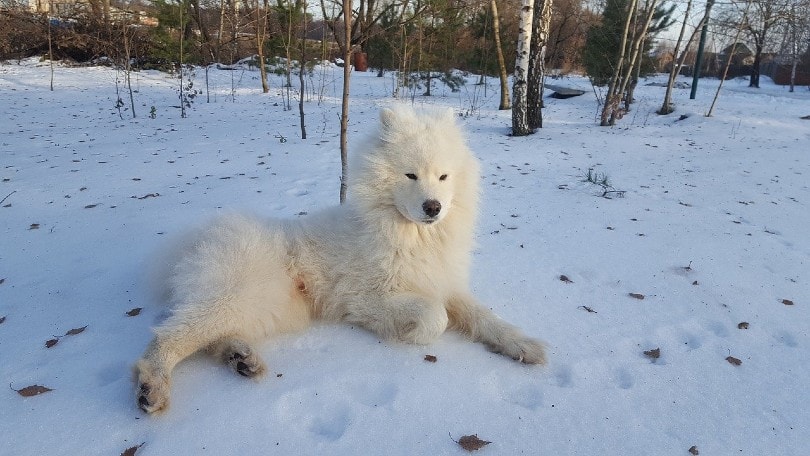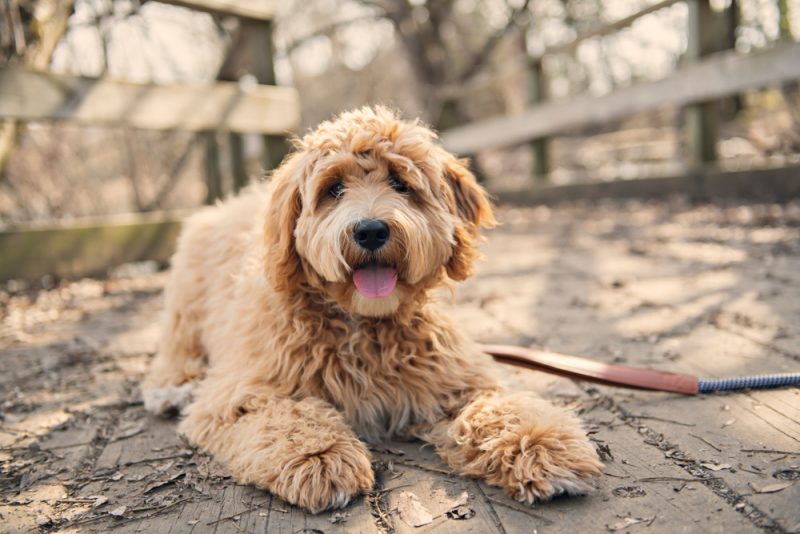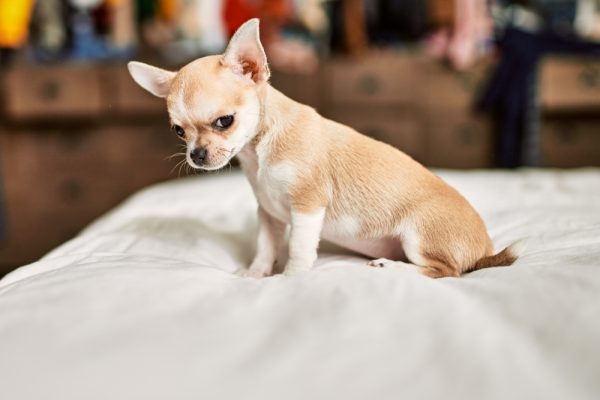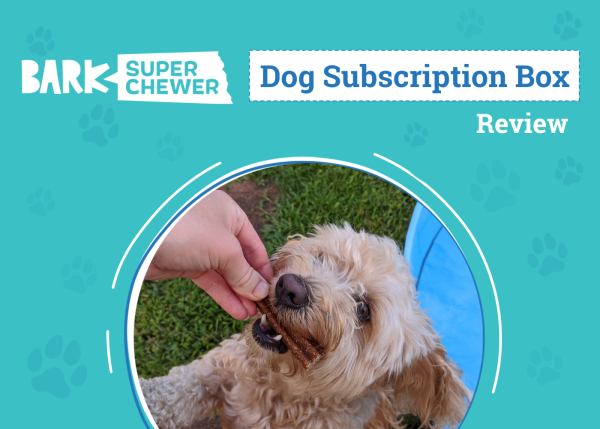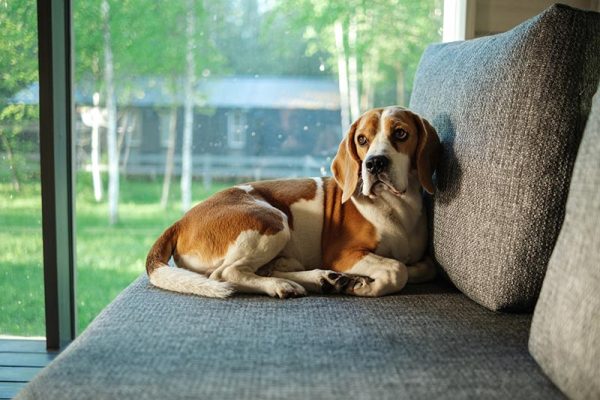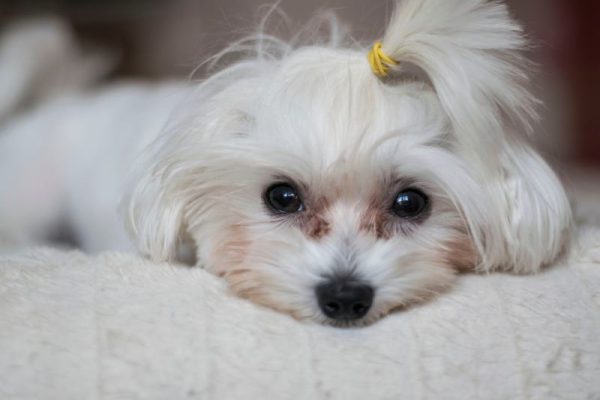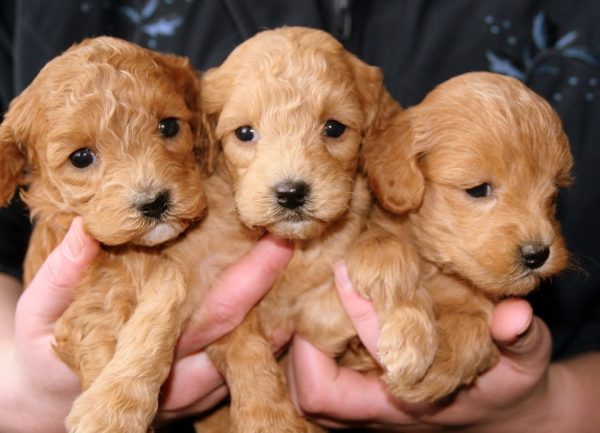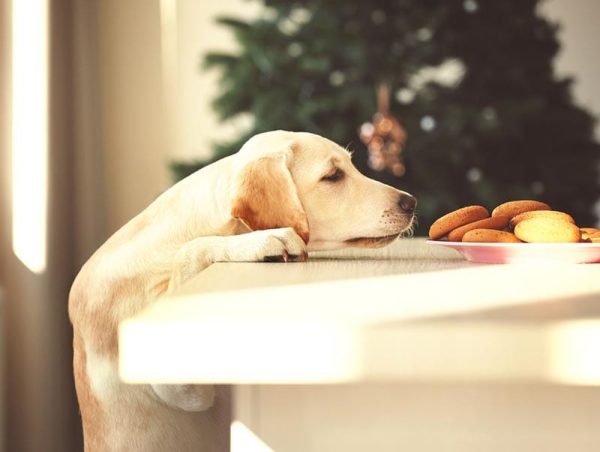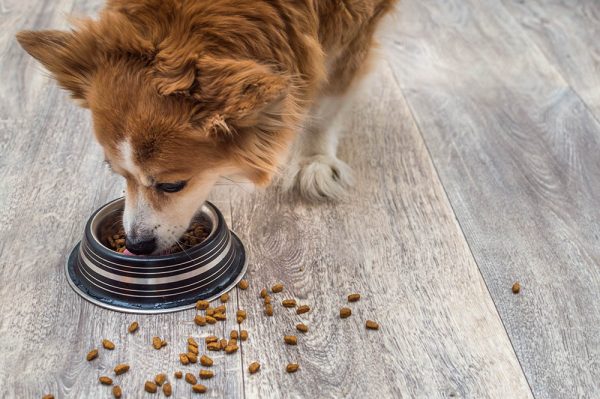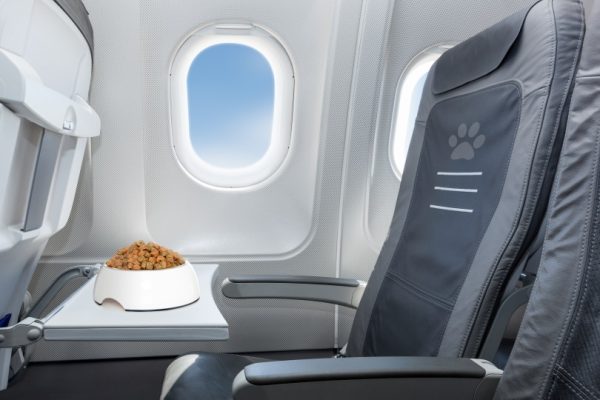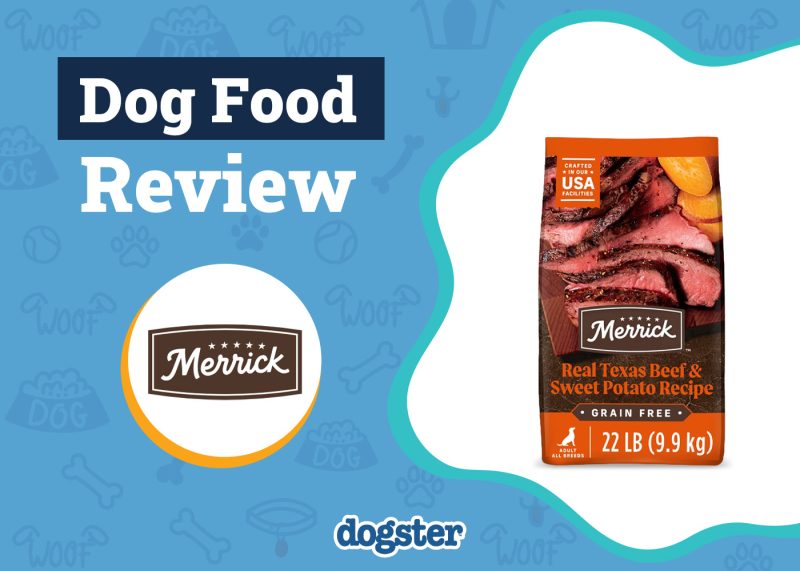Russia is home to a diverse array of dog breeds. However, Russian breeds are similar in many ways: they are intelligent, loyal, protective, and obedient. Additionally, they have a strong build to allow them to withstand Russia’s harsh conditions.
Most Russian dogs make excellent pets and working dogs. Nonetheless, each breed has unique traits that allow them to excel at the function they were designed for. Therefore, it is crucial to understand what to expect from a Russian pup before adopting them.
In this article, we’ll discuss nine of the most popular breeds native to Russia.

The Top 9 Russian Dog Breeds
1. Siberian Husky
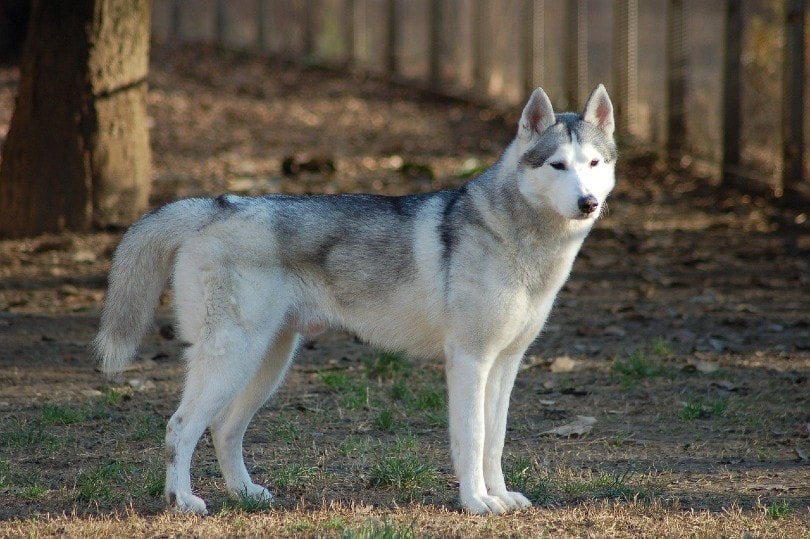
The Siberian Husky is arguably the most popular Russian breed today. This medium-sized canine’s lineage dates back nearly 4,000 years, making it one of the oldest breeds in the world. The Chukchi people bred them for pulling sleds, and to this day, Siberian Huskies still compete in sled races.
The Siberian Husky was designed to be as people-friendly as possible, which explains why they make such an excellent family dog. In fact, it was typical for tribal people to leave their children in the care of a mature Siberian Husky as they went about their business.
Siberian Huskies can live up to 14 years.
2. Caucasian Shepherd
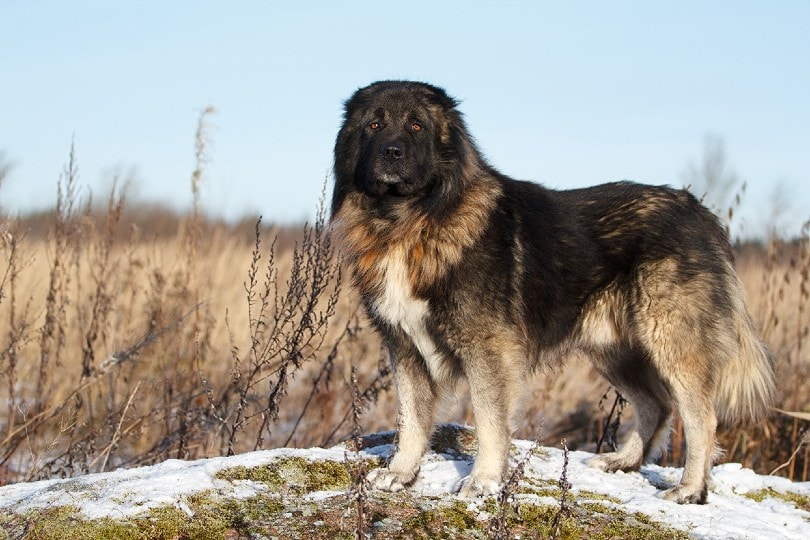
The Caucasian Shepherd, also known as the bear dog, is the largest Russian dog that can weigh up to 225 pounds. As you can imagine, they are immensely powerful and are not to be taken lightly. The Caucasian Shepherd’s lineage dates back over 2,500 years, and they are one of the oldest mastiff-type breeds. They were developed in the Caucasus Mountains, where they were employed to guard flocks, hunt bears, kill wolves, and protect properties.
The Caucasian Shepherd’s unbridled strength and ferocity made them popular police and guard dogs all over Europe. During the communist era, they were used to protect prisoners in Gulag camps and serve as border guards along the Berlin Wall.
While Caucasian Shepherds are excellent guard dogs, they are not ideal for first-time owners because they can be fierce and difficult to control.
3. Russian Black Terrie
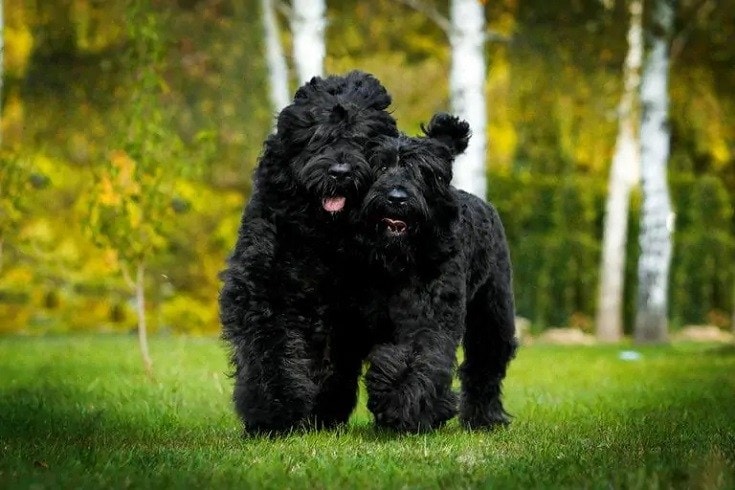
The Russian Black Terrier is a relatively large dog weighing up to 130 pounds. Also known as the Chornyi Terrier, they were developed during the height of the Cold War to serve as military and working dogs. They have a double coat to allow them to withstand cold and harsh conditions.
The Black Terrier is strong, energetic, and lively. However, they are fiercely protective of their owners.
4. Borzoi
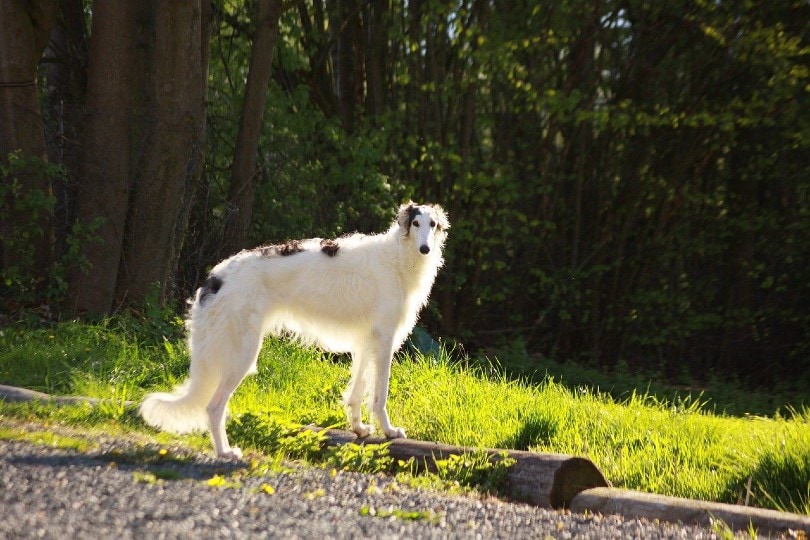
The name “Borzoi” means “fast” in Russian. Needless to say, the Borzoi is one of the fastest canines on the planet, capable of running at speeds of up to 36 miles per hour. This regal-looking sighthound was bred to hunt wolves during the 9th century.
Nevertheless, Borzois have a lovely temperament, making them wonderful companions. They are so laid-back that some owners describe them as “cat-like.” However, they require lots of exercise to be happy and healthy.
5. Russian Toy Terrier
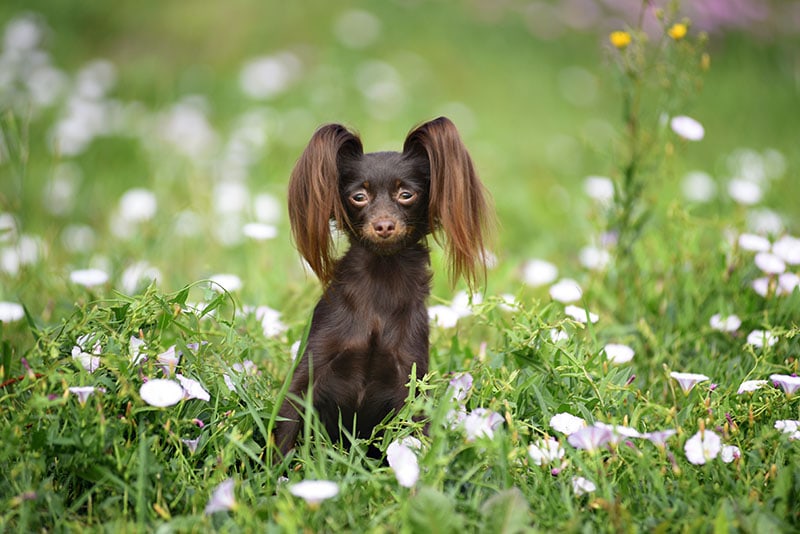
The Russian Toy Terrier, also known as the Russkiy Toy, is a miniature lap dog bred to be a fun-sized companion for Russian aristocrats. This breed features feathering on their ears, which increases their adorableness.
The Russkiy Toy is charming, loyal, and affectionate. Like most toy dogs, they are incredibly sassy; if you do not give them attention, they will throw a tantrum until you do. Additionally, Russkiy Toys do not seem to realize how tiny they are and will not hesitate to challenge large dogs. Therefore, be vigilant when taking your Russian Toy Terrier for walks.
6. Samoyed
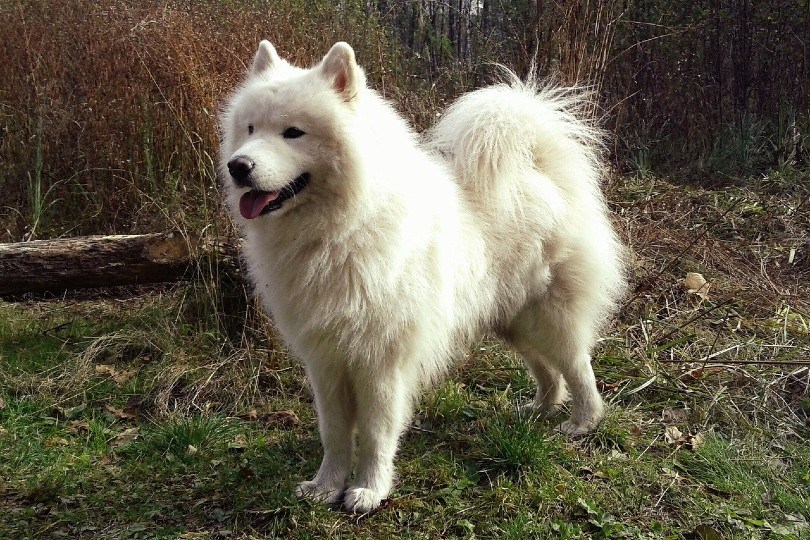
Even though the gorgeous Samoyed looks like a show dog, the Samoyedic people of Siberia developed them to be an all-purpose dog around 3,000 years ago. They excelled at various tasks, including hunting, herding reindeer, and pulling sleds.
Samoyeds are adorable and remarkably sweet; they even have broad, endearing smiles, which is why they are also known as “Smiling Sammies.” They do not lose their childish charm when they become adults.
Nonetheless, before you adopt a Samoyed, you should know that this long–haired cutie requires lots of grooming. They also need a few hours of daily exercise to be happy and healthy but do not do well in hot climates.
7. Karelian Bear Dog

The Karelian Bear Dog has been around for more than 2,000 years. They were used to develop various popular breeds such as the Siberian Husky and Russian Spitz dogs.
As you can tell from their name, the Karelian Bear Dog was used for hunting bears. Unfortunately, the Karelian Bear’s tenacious nature makes them unsuitable for families with children and pets.
8. Central Asian Shepherd Dog
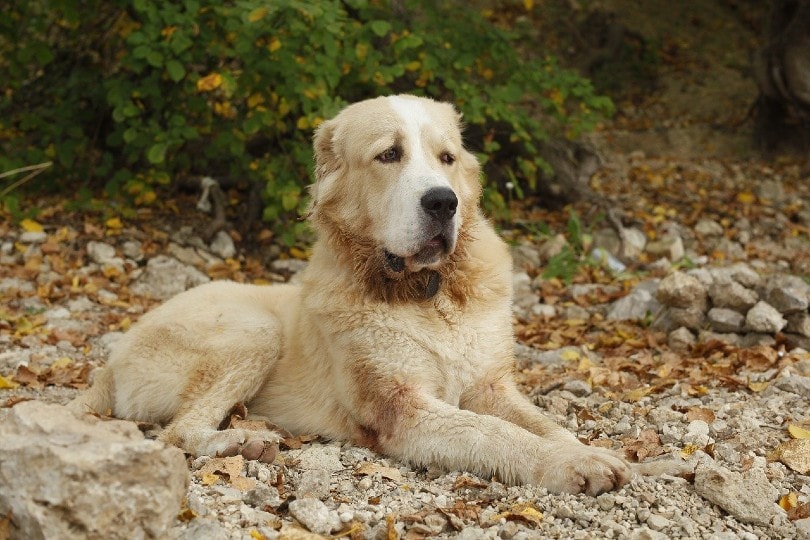
The Central Asian Shepherd Dog, also known as Alabai, shares the same lineage as the Caucasian Shepherd. As a result, the Alabai is very similar to the Caucasian Shepherd regarding temperament.
Therefore, while the 180-pound Alabai might arguably be the best guard dog on the planet, they require an experienced handler. Like the Caucasian Shepherd, the Alabai is unsuitable for families with children and other pets.
9. South Russian Ovcharka
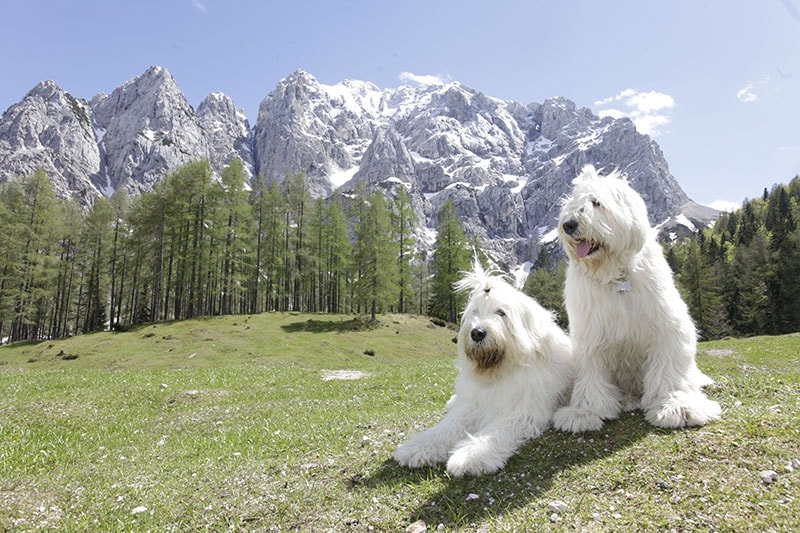
The South Russian Ovcharka, also known as the South Russian Sheepdog or Ukrainian Shepherd Dog, is native to the Ukrainian Steppes between the Sea of Azov and the Black Sea.
Ovcharkas are incredibly popular in Russia due to their undemanding nature and adaptability. Additionally, their strong protective instincts make them an excellent guard dog.

Conclusion
Russian dogs have remarkable histories and make some of the best furry companions. They are skilled at their jobs and loyal, hardworking, and loving. However, many breeds do not do well in warm climates, and some are better suited to experienced dog owners. Although some Russian dogs, like the Siberian Husky, are relatively easy to find, others aren’t very common in the United States.
Next on your reading list:
Featured Image Credit: chek89645040878, Pixabay
